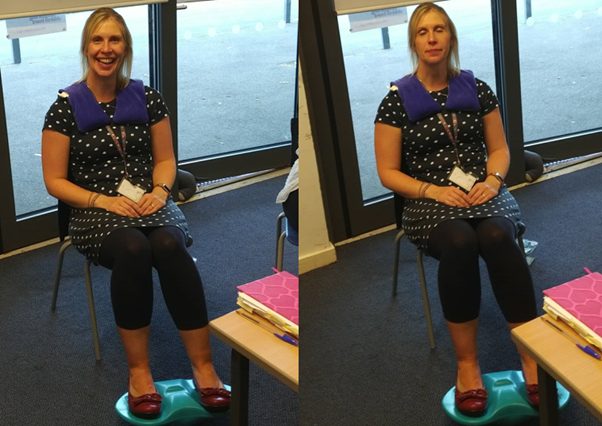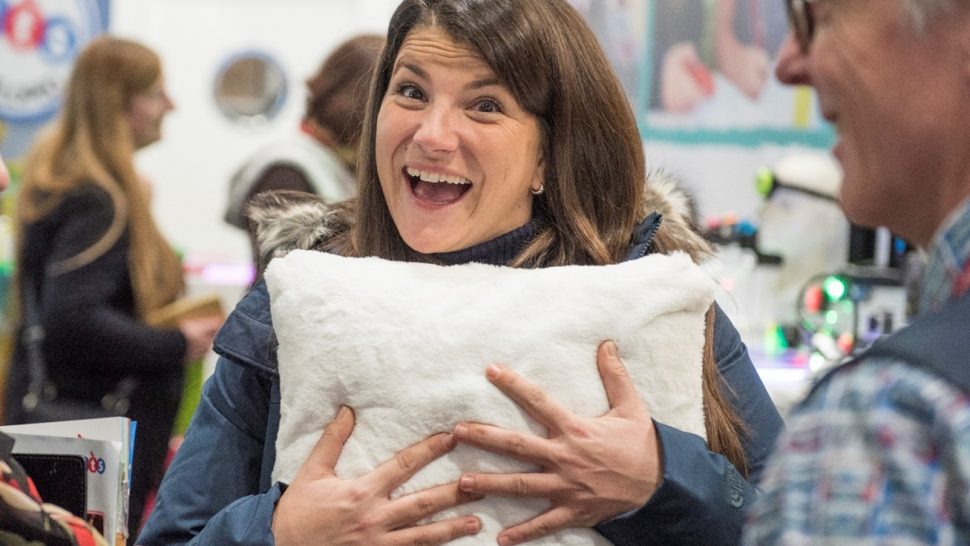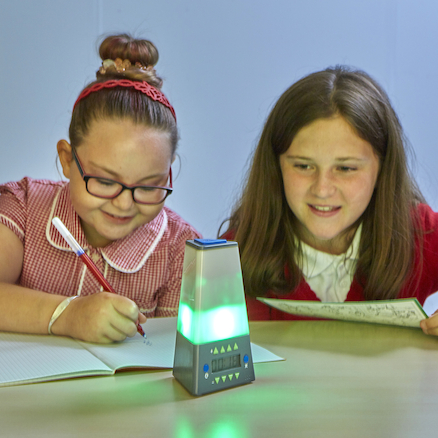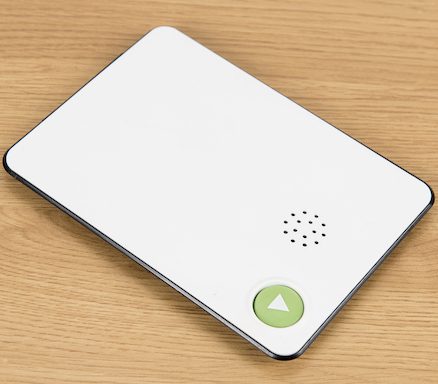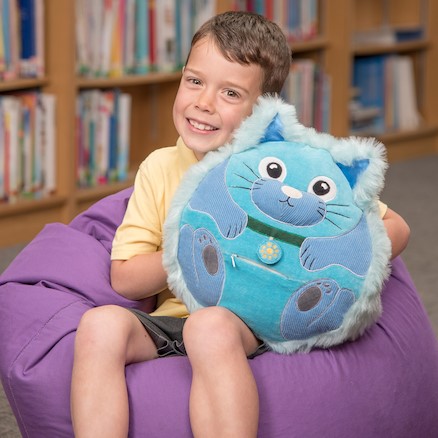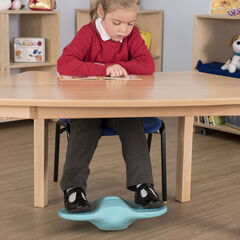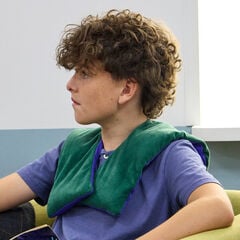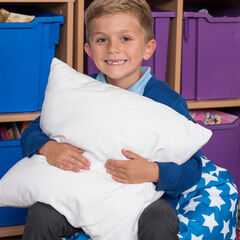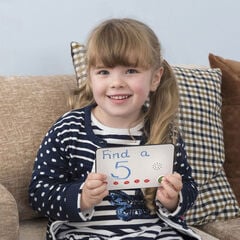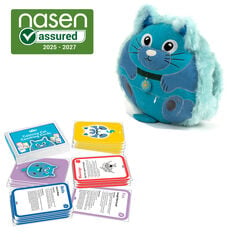Hello, let me introduce myself. I am an educational specialist in neurological diversities (neurodiversity), such as Autism, Attention Deficit Hyperactivity Disorder (ADHD), Pathological Demand Avoidance (PDA), and Dyslexia, to name but a few. I deliver training, speak at conferences, provide inset, and I have even written a book about it! However, the core of my work is on site observations – going into schools, colleges, universities, and various other settings and using my senses to find solutions to difficulties faced by students, pupils, and indeed the professionals and paraprofessionals working with them. I have been doing this work as an independent for around twenty years now, and as time has gone by, my approach to resourcing has changed quite dramatically.
Early on in my career, one of the first things that I noticed was that even though my specialism was neurodiversity, I was being booked more and more to advise on SEMH. A strange concept really. At first, you could be forgiven for thinking that seems about as sensible as booking an optician to treat hearing. But actually, when you think about it, it makes perfect sense. You see, people with neurodiversities, have, by definition different brain functions. And different brain functions mean that people with these diversities will:
- Need different interventions to enable an effective educational experience
- Feel different to the rest of their peer groups
- Need bespoke resourcing
These differences can and often do lead to neurodiverse people having negative thoughts about themselves, their environments, their experiences, and the people around them. As you can imagine, without effective strategies, any of this can lead to SEMH difficulties. These strategies fall into two categories:
- Interventions
- Resourcing
Twenty years ago, there were considerably less resources available. As a result, most of my advice fell into the interventions category. Things you can do. So, I would find myself talking about the importance of visual (as opposed to auditory verbal) communication techniques. Using special interests was a particular ‘go to’, encouraging the educators to weave the learners’ passions into the curriculum. Another favourite approach of mine was, and still is looking at attention spans, and again, integrating this knowledge into the learning and teaching.
As I stated earlier, my approach to resourcing has changed dramatically in recent years. And why? I will tell you…
The resources are significantly better now! It is as simple as that!
In this blog I have chosen six resources to explore – although I could have easily chosen 100. I have found so many different uses or applications for these resources that TTS had not thought of so you will definitely find lots of personalised ways to use them too.
So here we go, let us start with a twofer.
The Fidgety Feet and Posture Aid, and The Weighted Neck Pad
For me, these two nearly always go together. The fidgety feet is a wonderful piece of equipment especially for children who cannot keep their feet still. Simply put it on the floor and rest your feet on it. There is a foot massaging texture feature on the surface of the board, so if the child takes of their shoes, they will get the full effect of this resource. This is great for children who need to move their feet whilst in class. However, I have found a few more innovative uses for this, including using it during carpet time for younger children, and to help a child who had recently undergone a hip operation.
The weighted neck pad is a wonderful resource for calming. It is actually quite heavy, but the weighted areas sit snugly on the sensitive pressure points around the shoulders, creating a wonderful relaxing feeling. Putting these two resources together can really create a balance between hyperactivity, and the need to rest. If you look at the photograph of my colleague Jane, (which by the way is not staged) you can see that these two resources have absolutely knocked her out. This effect took less than five minutes.
The Vibrating Snuggle Cushion
The vibrating snuggle cushion is exactly that. A battery-operated cushion that vibrates at two speeds which can easily be set by the youngest of children. A lovely sensory resource which aside from its obvious calming benefits, I will be demonstrating how to make it an auditory resource for blocking out peripheral sounds and even creating stimulus for speech and language activities.
Easi Timer
I love this resource; I take mine everywhere with me. Basically, a timer with a choice of sound alarm on or off. Once you have one of these in the classroom, you find that you use it for so many situations. It can be a stress busting timer to let children know that they have not got too much of an activity left to complete, a planning tool to help children work out how much time they will need, or even a resource for working with a range of attention spans.
Premium Recordable Talk Time Cards
Or as I call it, a talking whiteboard.
The talking whiteboard is a wonderfully innovative resource which allows children to write on it/wipe off with a drywipe/whiteboard pen like an ordinary whiteboard. The bonus with this whiteboard, however, is that the child can record sound into it thus benefiting children with short term memory loss, writing difficulties, and fine motor hyperactivity. Coming in a range of sizes, these are a really innovative tool.
Calming Cat
My final choice is the Calming Cat. Essentilly a cross between a weighted cushion and a tactile, sensory resource. This intervention is simply fabulous for children with sensory accuity and fine motor hyperactivity. In much the same method as the Fidgety Feet and The Weighted Neck Pad, this combination of tactile and sensory provides the perfect solution to relaxation for a range of children.
Thank you very much for taking the time to read this blog.
My very best,
Andrew Whitehouse
MSpEd CPSE (PGCert) BAHons QTS



